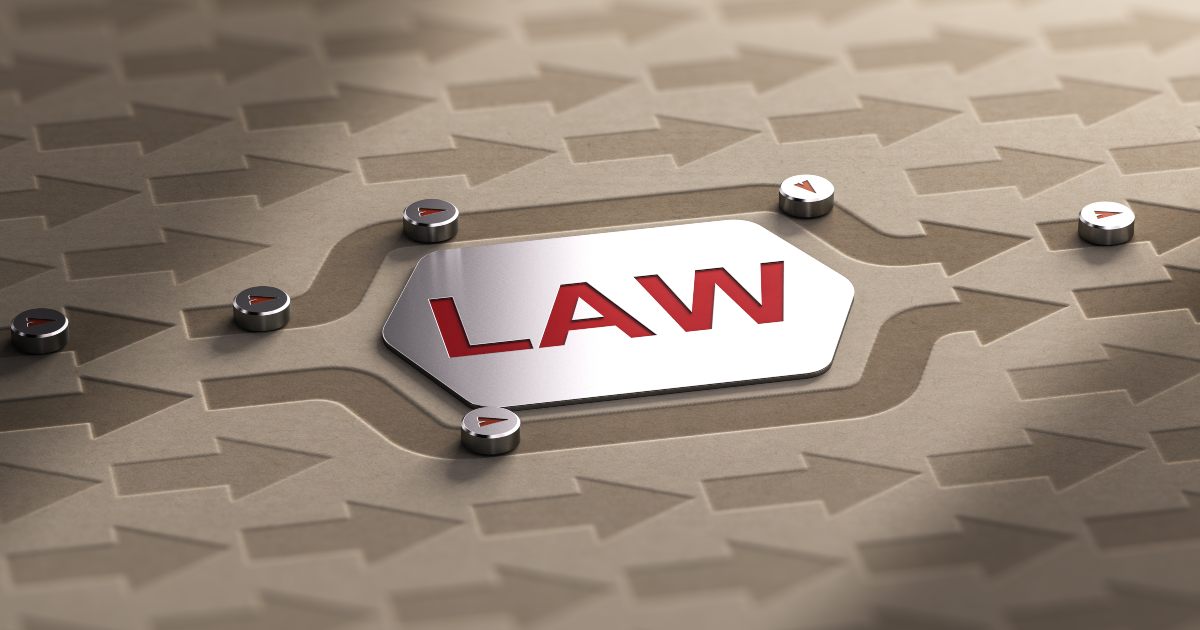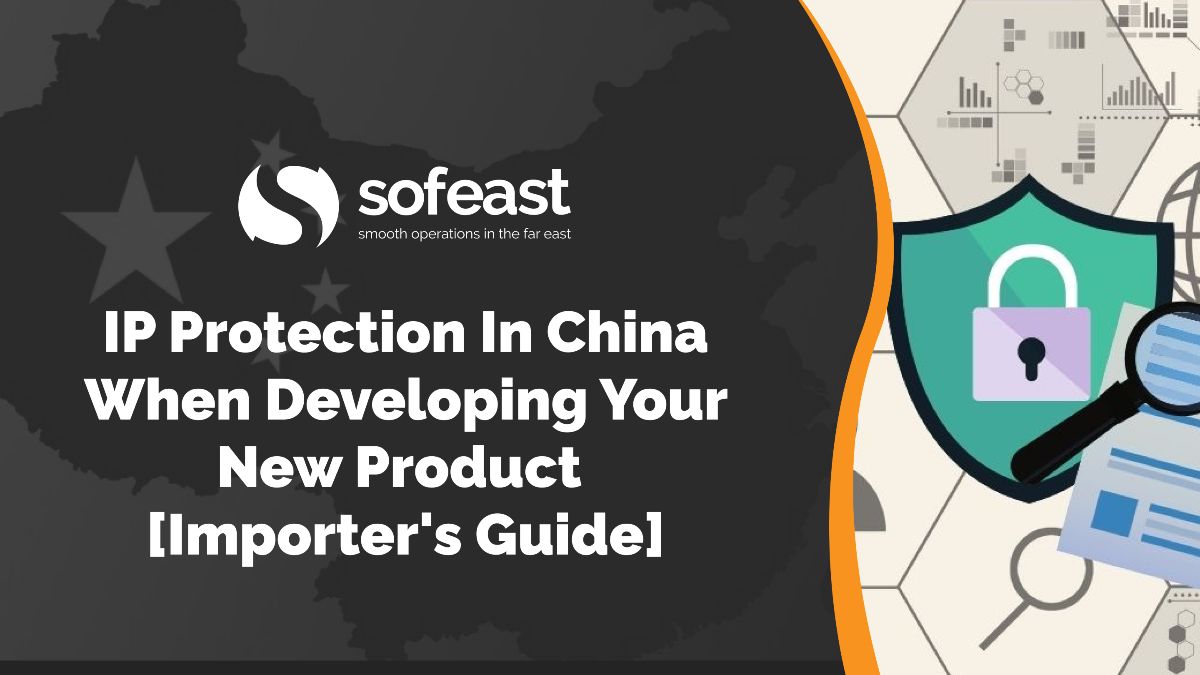Some risks and frustrations never go away… One of them is Chinese suppliers circumventing their customers, or selling to their customer’s competitors, all the while using the product knowledge they gained… from their customers.
Over the weekend, I stumbled upon a good old HBR article entitled When Your Contract Manufacturer Becomes Your Competitor. It came out in 2006, but the same trends are still at work!
The risks of working with the wrong contract manufacturer
Here are the main risks OEMs face (in this context, the product developer and brand owner — it has nothing to do with the OEM/ODM terms as used for qualifying Chinese suppliers):
As IBM and other companies have learned, contract manufacturing is a two-edged sword. For one thing, a CM is privy to an OEM’s intellectual property (IP), which it can leak to other clients or arrogate. For another, an ambitious, upstart CM can claim for itself the very advantages it provides an OEM. Having manufactured an OEM’s product in its entirety, the CM may decide to build its own brand and forge its own relationships with retailers and distributors—including those of the OEM. When these things happen, the OEM may find itself facing not only more dangerous incumbents but also a competitor of a new kind: the once-underestimated CM. Adding insult to injury, if the OEM had not given its business to the traitorous contract manufacturer, the CM’s revenues and knowledge might have remained sufficiently meager to prevent it from entering its patron’s market.
The authors emphasize how difficult managing that relationship can be.
The CM tends to try and get the upper hand for obvious reasons:
It happens as follows: As CMs reach efficient scale, their cost levels converge. At the same time, the products they make begin to commoditize. In response, CMs will attempt to regain a sustainable competitive advantage by undertaking the value-adding activities that their patrons had handled themselves, such as R&D and marketing. In a variant of the innovator’s dilemma, OEMs cede particular functions to their CMs and, by doing so, give CMs room to develop the capabilities they may later use to threaten the OEMs. By that point, the CMs will have become OEMs themselves. Lenovo and China-based contract manufacturers Haier (household appliances) and TCL (televisions) have become three of the world’s leading companies in their industries in just this way.
How can a brand owner reduce the risks of being circumvented?
The authors make a number of suggestions.
1. Don’t outsource everything
Here are good examples of companies that outsourced only their lower-risk products:
Sony Ericsson, for example, outsources only the manufacturing of its aging, and therefore already copied, products. Cisco Systems retains an in-house manufacturing capacity for its cutting-edge routers and switches and their prototypes.
2. Sign long-term contracts
A long-term contract can help. Lawyers can address the major risks based on past experience, and make the contract enforceable.
We are not lawyers, so I usually refer to these articles from the China Law Blog on this topic:
- How To Stop Your Chinese Supplier From Becoming Your Competitor
- How to Give Away your IP in China Without Realizing it
3. Work with companies that keep their operations open to you
Spend time observing the manufacturer’s operations before awarding them any business, as a risk mitigation strategy. And help them fix issues once they start working on your products/parts.
This creates an open and mutually helpful relationship. Exchanging some personnel for a period of time also helps a lot with communication. It also allows you to control what they are doing.
4. Add value
If the brand owner does a great job providing value to its customers (e.g. technical support, strong brand…), those customers are less likely to switch to an alternate source, even for a lower price.
5. A long-term alliance
I usually don’t recommend doing this with a Chinese manufacturer. I am sure it has worked very well in some cases, but I have just seen or heard of too many spectacular failures…
—
What do you think? What have your experiences been, when outsourcing your proprietary products to manufacturers in Asia?
Disclaimer
We are not lawyers. What we wrote above is based only on our understanding of the regulatory requirements. QualityInspection.org does not present this information as a basis for you to make decisions, and we do not accept any liability if you do so.
Wondering where to start with IP protection in China?
When developing and manufacturing your new product in China protecting your product’s IP is a very valid concern. We’ve all heard about the various copycats there who can grab your IP, copy it, and beat you to market ~ that’s a nightmare for most businesses and entrepreneurs who’ve invested a lot of time, effort, and money into making their new product a reality!
So, to help you take control over your IP, we created this free guide over on Sofeast.com that guides you through how to protect IP, pitfalls to be wary of, and common activities and legal tools you need to utilize in order to reduce the risks of China IP theft.



All good tips, as usual! I will offer one specific wrinkle on the “don’t outsource everything” strategy. One thing we have learned by painful experience is to spread out our business across multiple manufacturers. For example, our widget catalog has 50 part numbers. We share the business with 3 contract manufacturers. All 3 are tooled for the 3 or 4 fastest runnng widgets; but the remaining 45 are spread out to different individual shops. That way no one shop has become a full line competitor. Obviously there is added overhead – 3 suppliers vs. 1. But this keeps the cost of market entry high for each of these firms. This also gives us protection and long term flexibility, should one of the suppliers go out of business or go “rogue” on us; we are better able to survive their loss.
Great approach, thanks for sharing it, Brad!
It makes so much sense. And it is a “raise costs a bit but cut risks a lot” proposition that many purchasers don’t want to think of, if they are only compensated on short-term cost.